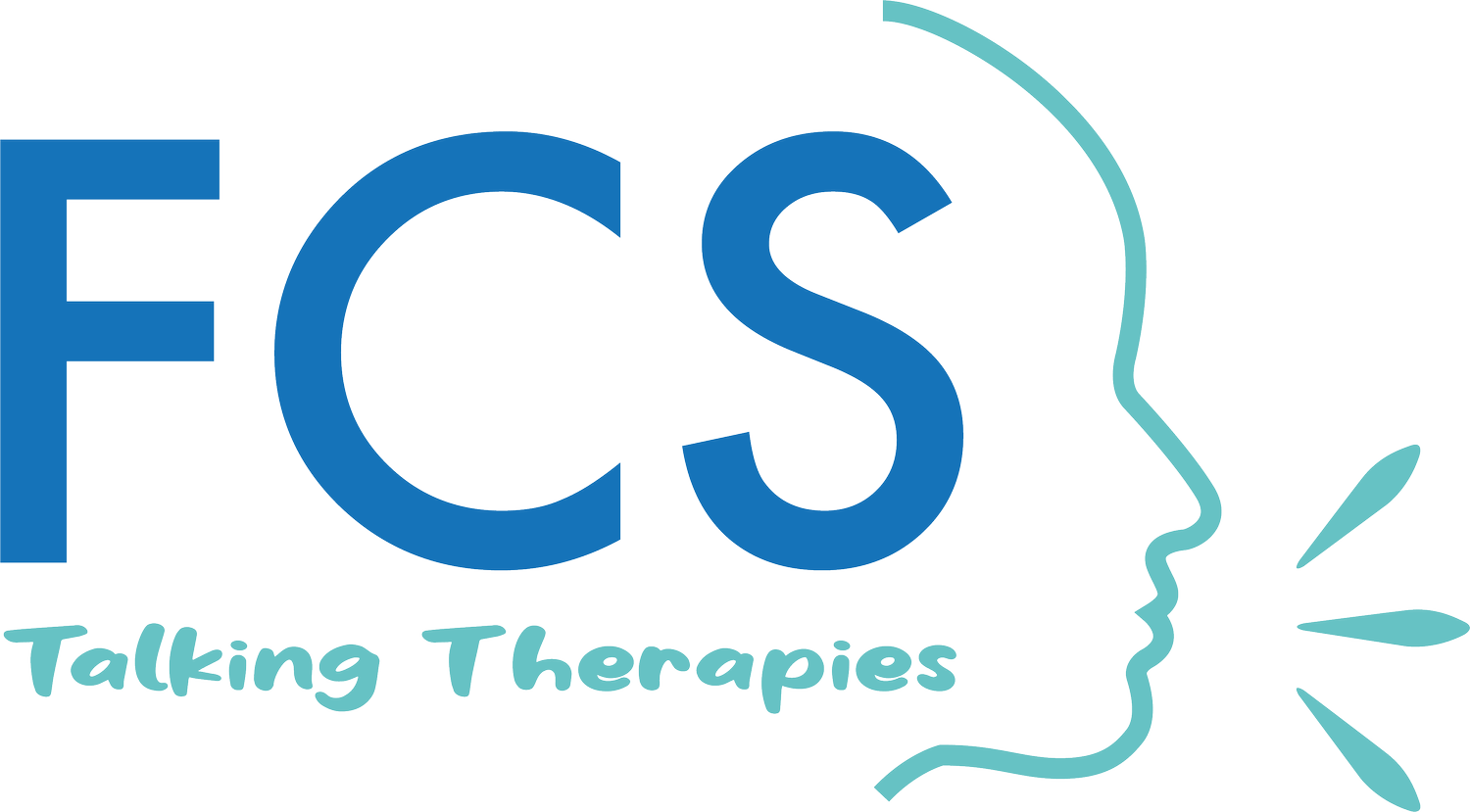
Paul's Story: Experiences With Treatment
“While the root cause cannot be changed, it no longer has power over me. With the assumptions and rules no longer functioning the OCD cycle is broken”
The process starts with a questionnaire. There were a number of questions and in answering them I really got a sense of how deep in the OCD hole I was. I also realised I was adept at playing down its effects and making a joke out of many of my routines.
The process starts with a gentle introduction, but from day one my therapist was introducing me to really important concepts. I learned how my assumption that my brain was enjoying the reward of checking was correct. I also learned that just as our brains can control our bodies, so our bodies can influence our brains.
I found out that when the brain activates fight or flight mode in response to an intrusive thought, I could fight back by calming my body. Deep breaths and using peripheral vision really works.
As we progressed we explored how many of my fears had the origins in past events. These events caused elements of trauma and as result caused me to make certain assumptions about myself.
These assumption were all centred on not being good enough, competent or trustworthy. I also working on principles such as “Plan for the worst, hope for the best” or “If it can go wrong, it will go wrong.”
As a result of these assumption I had formulated a rules to manage my life and prevent disaster. My rules were all about checking, checking and re-checking.
The rules ensured OCD cycle would continue. Not only would it continue, it would get stronger. I was conditioning my brain to create anxiety in order to win a reward. To solve that problem we have to take the driving forces.
How did we do that?
The first thing we did was identify the underlying causes. It’s worth mentioning that when we think of trauma, we instantly think of life changing events, such as bereavement or injury. This is not always the case. Going on holiday and forgetting your socks sounds trivial, but it is enough to build an assumption about yourself. For me an event like this would generate thoughts like “It happened once, it could happen again” or “What if you forgot something more important.”
Once we arrive at the root causes, it’s time to question how they shape us. What do they make us think about ourselves. I assumed I was unreliable and taking on responsibility at a level I could not handle.
To combat that assumption I had developed the habit of checking. Many of the thing I would check were centred around work, but gradually transferred to home.
With the assumptions and rules identified we began to experiment. We broke and ignored the rules and noted the results. I scored my anxiety scores over a two week monitoring period. As they began to fall, so my quality of life began to rise. At first it’s hard to believe, but the results become consistent quite quickly.
With the rules broken, the assumptions were disproved.
While the root cause cannot be changed, it no longer has power over me. With the assumptions and rules no longer functioning the OCD cycle is broken.
There was no anxiety to power it and I was free from it.
